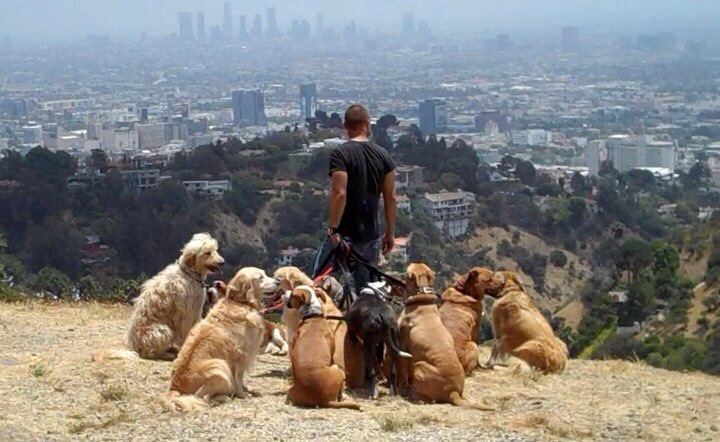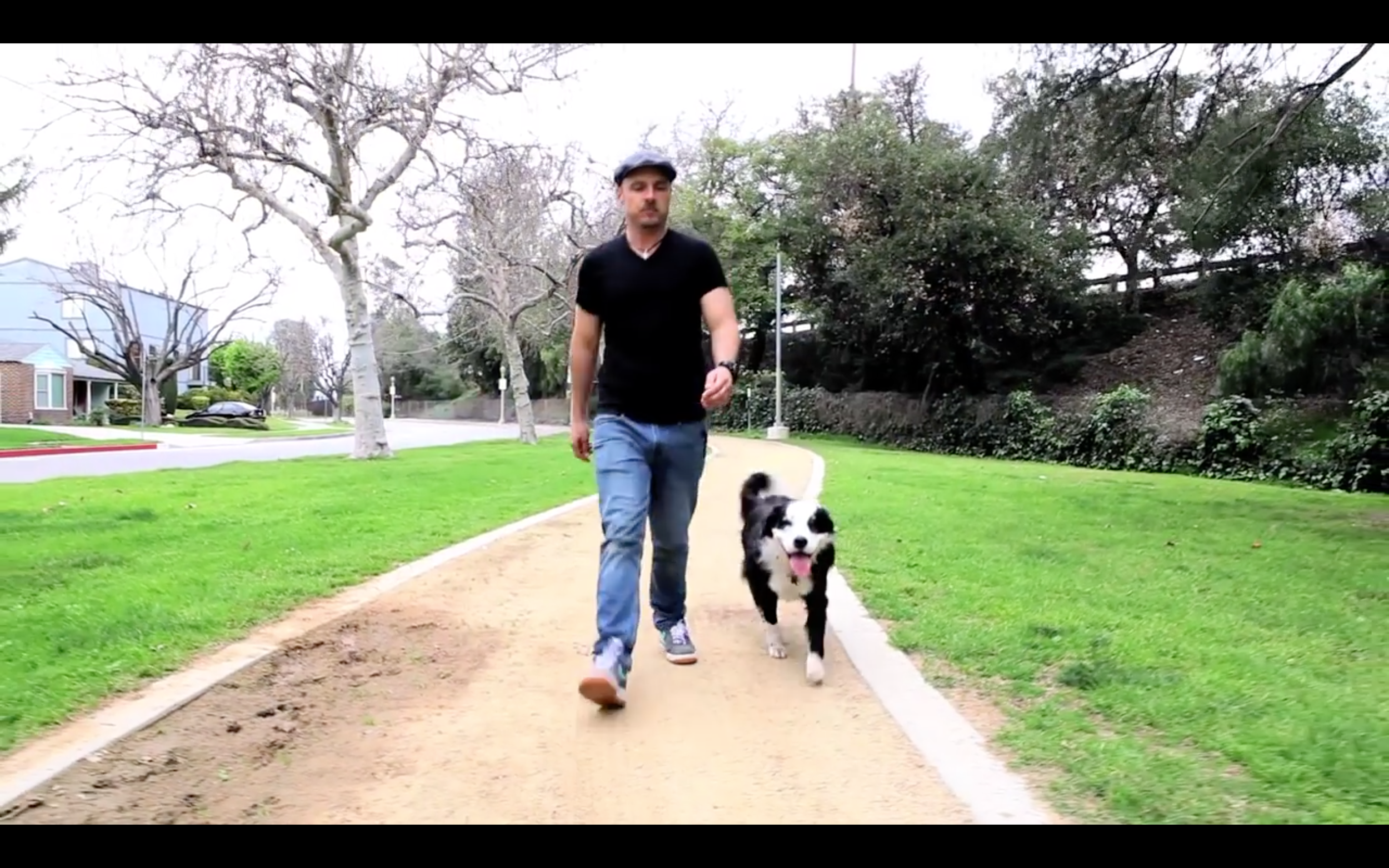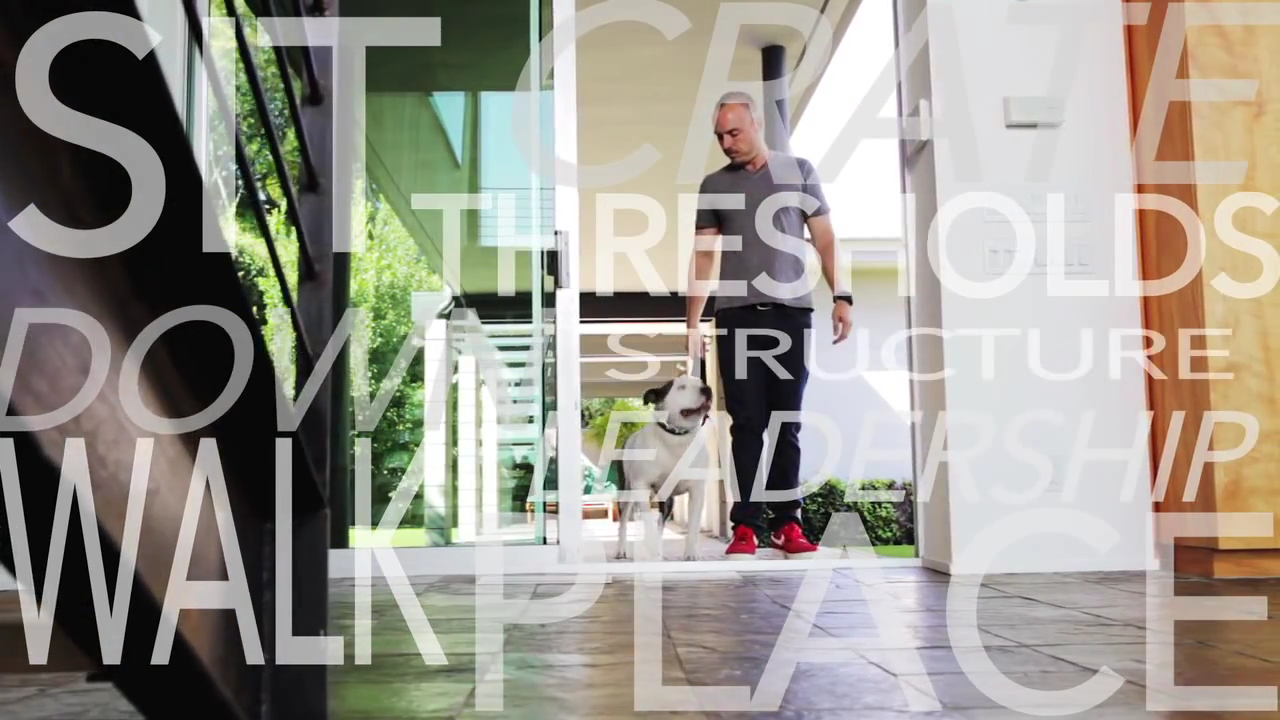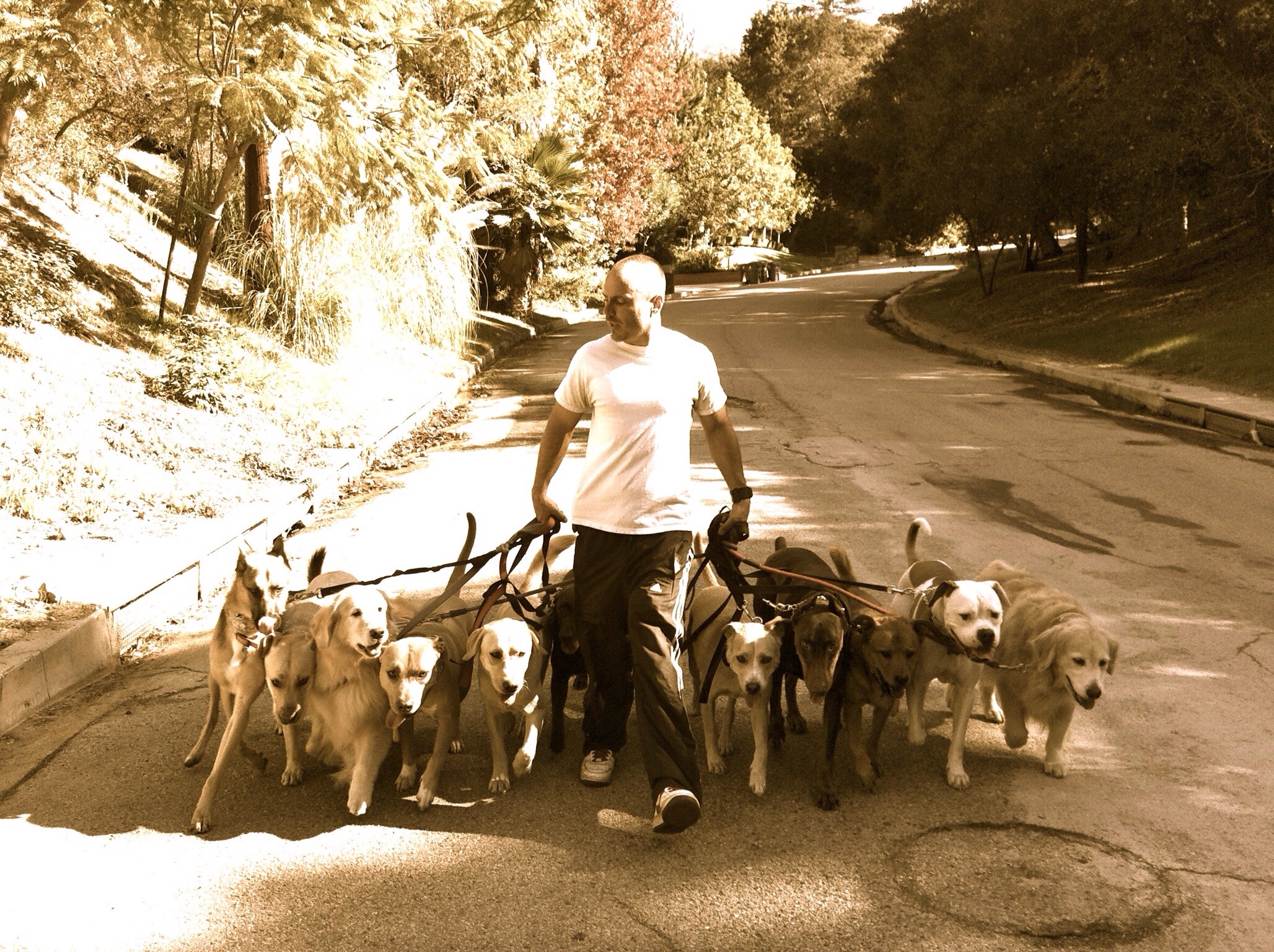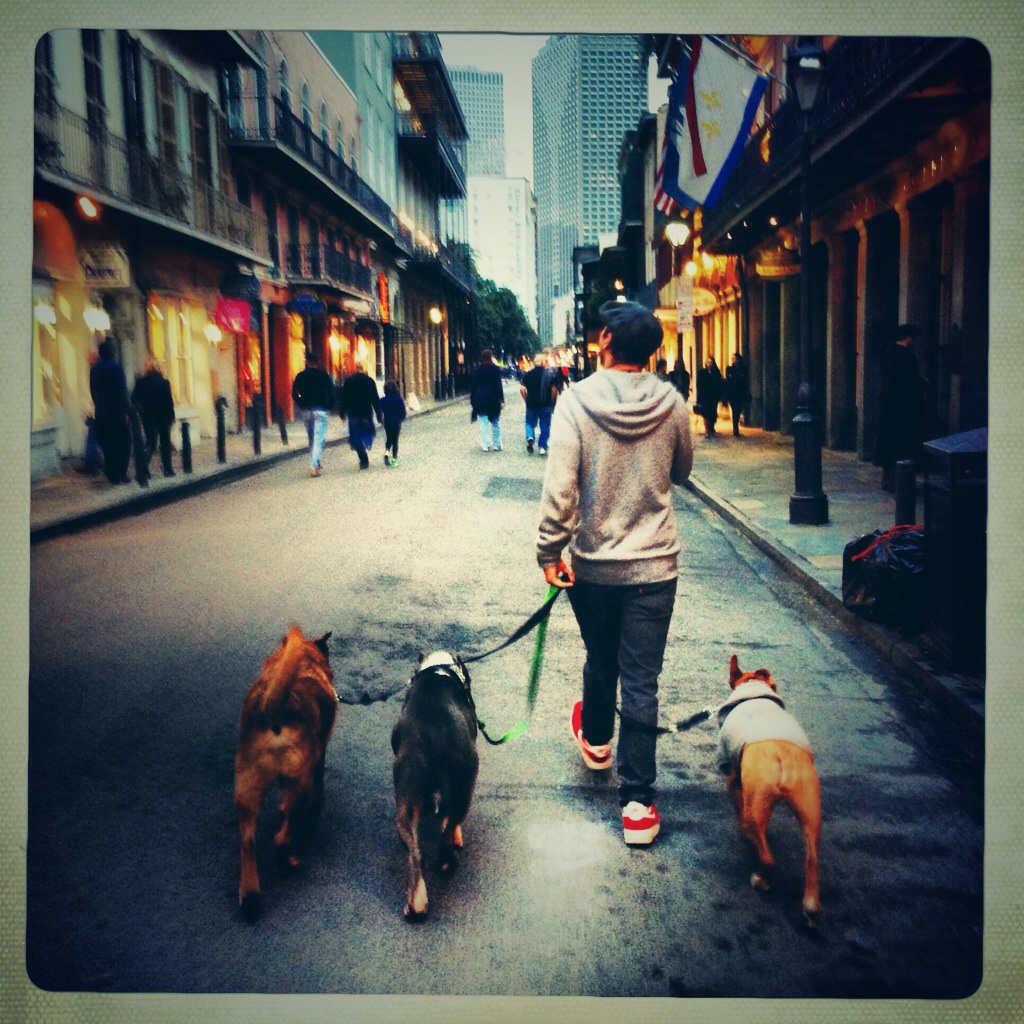Simple, everyone plays nice.
Let me elaborate. People get caught up in many training ideas which have been passed down from others regarding how to interact and manage multi-dog homes. The advice often goes like this: the alpha/oldest/longest in residence dog always gets...
-Attention first
-Fed first
-First/primary access to toys/space
-To behave towards the other dogs as they wish
This is a perfect recipe for creating friction, and it’s a lot of BS. First of all, there should only be one “alpha”, and that’s you. (Not my word choice, but it’s the one often used.) Allowing any of your dogs with a stronger personality to share that personality as they see fit, is a perfect way to create friction and fights. A dog with a stronger personality is already going to be prone to bullying, allowing that will only invite stronger bullying. As for the older dog, or the dog of longest residence, same thing—no special privileges. Even if this dog doesn’t have a strong personality, allowing them to have first access to resources, and likely treating them as more special (aka spoiling), can easily create a tyrant where there wasn’t one.
Whether you’re attempting to maintain some kind of hierarchy in which the dogs “work it out”, or you’re just letting your heart and sentimentality guide you, they’re both dangerous avenues. Instead of clinging to old school notions, or emotionally-based inclinations, commit to running your multi-dog home in a smart, informed, and appropriately detached fashion.
This means you analyze the individual personalities and proclivities of each dog, and YOU ensure that all the personality pieces fit. Instead of giving special privileges which might create resentment or entitlement, or allowing behavior which might create friction and possibly fights, you demand that every dog behaves appropriately. You allow zero bullying, you correct excitement which overwhelms the other dog, you address any guarding or posturing, you keep a watchful eye on all resources and how each individual dog behaves around them, and you clearly, and unequivocally, and unapologetically...lead your home.
Every dog in the home should know exactly, 100%, without any doubt who is in charge. And if they don’t, regardless of how it comes to pass, you shouldn’t be surprised if the peace isn’t kept.



